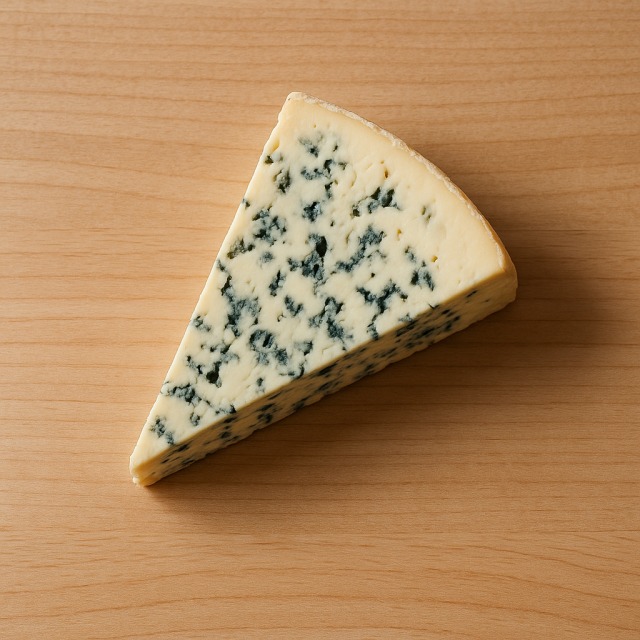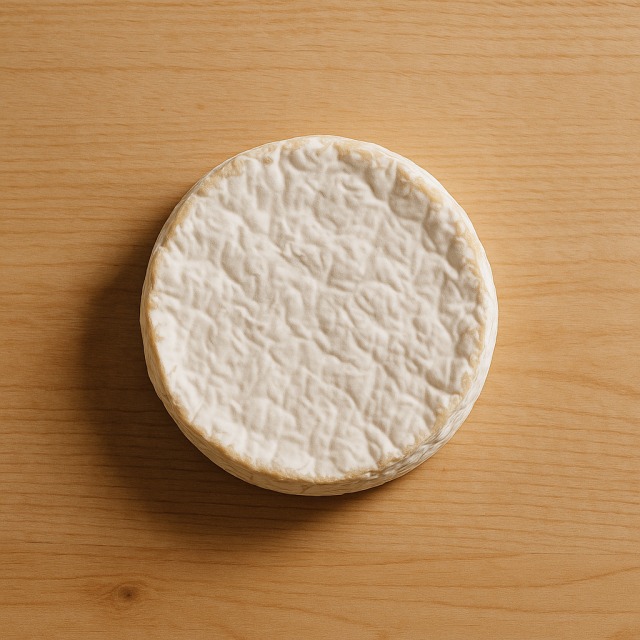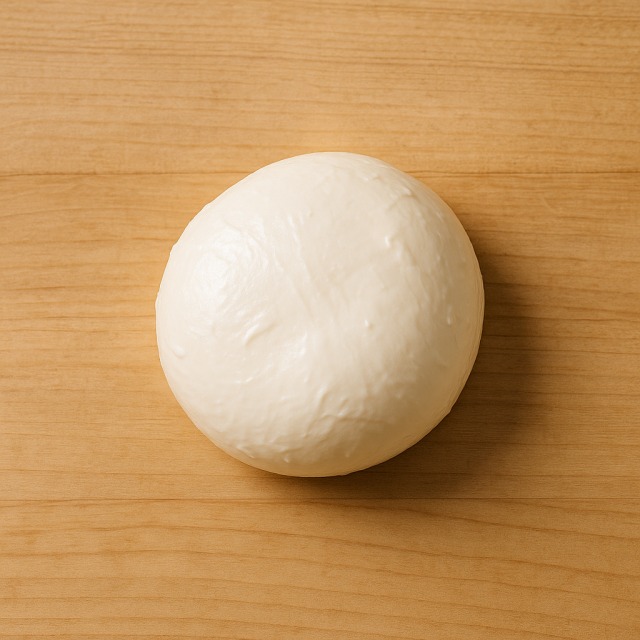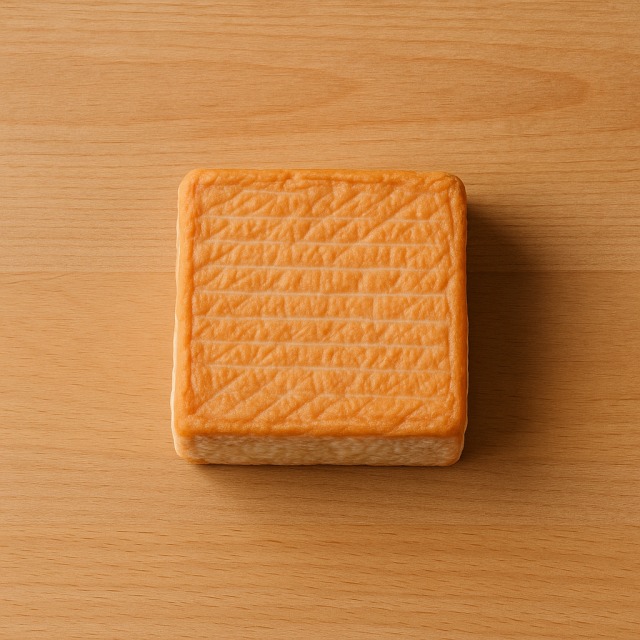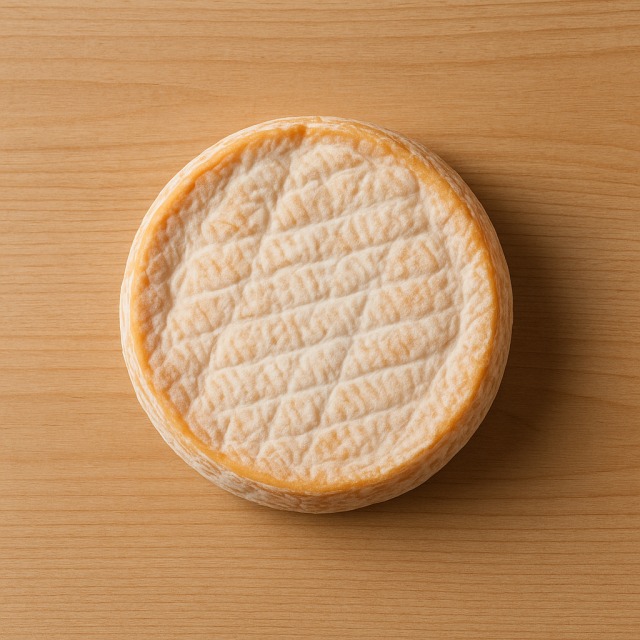Calorie Chart / Cheeses / Munster
How Many Calories Are in Munster?
Calculation of the nutritional value & Recommended Dietary Intake of munster
For g and a calorie requirement of kcal
| Calories 133 kcal | Proteins 7.6 g | Lipids 11 g | Carbohydrates 0 g |
| 7% | 10% | 16% | 0% |
Health benefits of munster
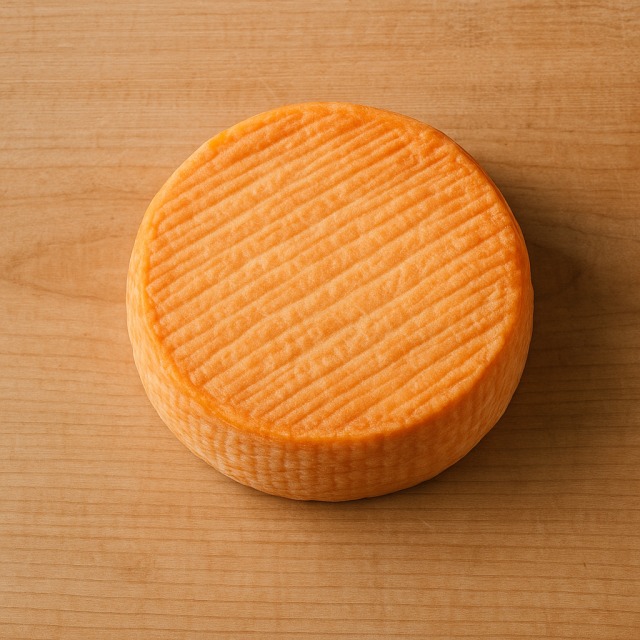
Munster - 100g
Calories 332 kcal
Proteins 19 g
Lipids 28.5 g
Carbohydrates 0 g
With 332 kcal per 100 g, munster is considered a high-calorie cheese. Despite this caloric density, it brings valuable nutrients that can justify its place in a balanced diet when eaten in moderate portions.
Munster supplies around 19 g of proteins per 100 g, supporting muscle maintenance and recovery. It is also an excellent source of calcium and phosphorus for bone health, vitamin B12 for red-blood-cell formation, vitamin A for eyesight and immune function, as well as zinc and selenium with antioxidant roles.
The fermentation of munster involves lactic bacteria, whose supposed positive impact on the gut microbiota is still being investigated. Its washed rind is rich in flavour-developing compounds, and the spice caraway traditionally served alongside may aid digestion.
Historically, munster originated in the Vosges Mountains and was first produced by 7th-century Benedictine monks. The cheese is matured in humid cellars and regularly washed with brine, which gives it its characteristic orange rind and pungent aroma. Its Protected Designation of Origin (PDO) guarantees strict production standards.
Tips for incorporating munster into a balanced diet
Because munster is rich in calories and lipids, a standard serving of 30 g (about a thick slice) already provides close to 100 calories. To enjoy its taste without excess calories, pair that slice with a large salad of arugula, apple matchsticks and a light vinaigrette.
For a comforting but balanced hot dish, melt munster over steamed broccoli florets or boiled potato cubes instead of frying them. You will obtain the creaminess you want while keeping the total calories in check.
If you crave a traditional recipe, try an Alsatian tart similar to the tartiflette: spread sliced potatoes in a baking dish, add onions, a touch of white wine and thin slabs of munster, then bake until golden. Serve it with a side of green beans to balance the meal.
Munster also pairs nicely with a handful of toasted walnuts, whole-grain country bread and a glass of beer for an energy-dense recovery platter after intense training, when higher calories are welcome.
Frequently Asked Questions
- How many calories in munster?
- Munster provides 332 kcal per 100 g.
- Is munster high in protein?
- Yes. With 19 g of proteins per 100 g, munster offers roughly the same protein density as many other cheeses while delivering a complete amino-acid profile.
- Does heating munster change its calorie content?
- No. Baking or melting only alters texture; the calories remain essentially the same unless extra ingredients such as butter or cream are added.
- Is munster suitable for a low-carb diet?
- Absolutely. Munster contains virtually 0 g of carbohydrates, so its calories come almost exclusively from proteins and fats, making it compatible with ketogenic or other low-carb plans.
- How much munster can I eat if I'm watching calories?
- Limiting yourself to 30 g supplies about 100 calories; integrating that amount within your daily calorie allowance lets you enjoy the flavour without overshooting your goals.
- What is the best way to store munster safely?
- Wrap the cheese loosely in wax paper, place it in an airtight box and keep it in the refrigerator's cheese drawer. Proper storage preserves flavour while preventing cross-contamination.
Similar foods
Information provided by Calorie Menu may contain inaccuracies or errors. It cannot, under any circumstances, substitute medical advice or medication.

